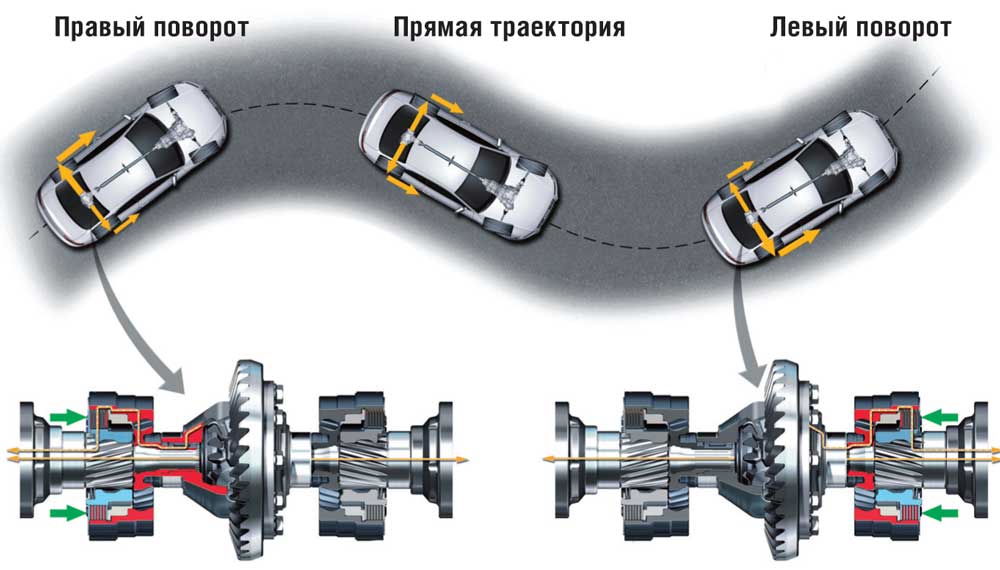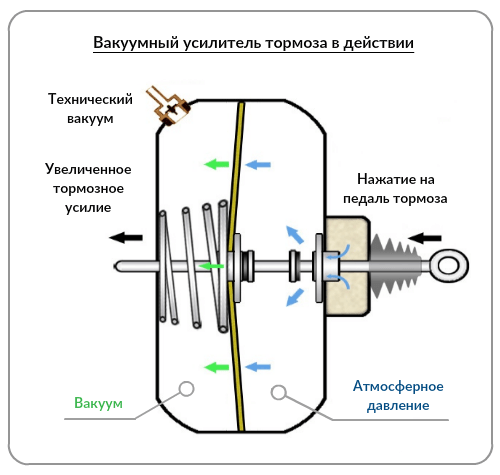
S Tronic gearbox in Audi - technical parameters and operation of the gearbox
Content
If you want to know how the S Tronic transmission works in Audi vehicles, read the article below. We explain all the information regarding the original Audi transmission. How long can an S-Tronic automatic transmission last?
S Tronic gearbox - what is it?
S Tronic is a dual clutch transmission fitted to Audi vehicles since 2005. It replaced the earlier DSG dual clutch transmission that is used by VAG, i.e. Volkswagen Group (for the first time in the Volkswagen R32).. The S Tronic transmission combines the advantages of automatic and manual transmissions. As a result, the driver can enjoy maximum driving comfort while still being able to operate the Audi transmission manually. S-Tronic gearboxes are adapted for use in Audi vehicles as they are transversely driven.
The design of the gearbox consists of two main shafts with odd and even gears. Each of them is subordinate to a certain masonry. In the S-Tronic gearbox, you will find a mechanism that analyzes the signals read by the sensors when the gear is engaged. It selects the gear to be engaged next.
Why did Audi introduce the S-Tronic gearbox?
Audi was one of the pioneers in the use of dual clutch transmissions. The first DSG machine appeared in the range of the brand in 2003. In a word, the TT model received a modern transmission almost simultaneously with the appearance of an option in the Volkswagen Golf R32 line. The chest led to a rather important change in thinking. He showed that an automatic transmission not only could change gears faster than a manual transmission, but was also capable of low fuel consumption. Thanks to all these factors, the dual-clutch automatic has won many fans, and today it is very often chosen in the range, for example, by Audi.
S Tronic transmission options
Over time, Audi has created newer and more advanced versions of its signature dual-clutch transmission. Currently, 6 types of S-Tronic transmissions have been produced.:
- DQ250 which was created in 2003. It supported 6 gears, 3.2 liter engines, and the maximum torque was 350 Nm. It was installed with the Audi TT, Audi A3 and Audi Q3, where the engine was located transversely;
- DQ500 and DQ501, 2008 release. Seven-speed gearboxes that could be installed on cars with a maximum engine capacity of 3.2 liters and 4.2 liters. The maximum torque was 600 and 550 Nm, respectively. They were installed both in city cars, for example in the Audi A3 or Audi A4, and in sports versions, such as the Audi RS3;
- DL800, which was equipped with sports cars produced after 2013 (Audi R8);
- DL382 is an S-Tronic transmission fitted to models after 2015, including the Audi A5, Audi A7 or Audi Q5. The maximum engine size was 3.0 liters;
- 0CJ is the latest version of the gearbox, which is installed on engines with a maximum displacement of 2.0 liters, such as the Audi A4 8W.
Why did Audi ditch the classic DSG levers?
German manufacturers have been installing dual clutch transmissions in their vehicles since the early 250th century. First settled on the six-speed DQ2008, and after 501 changed to seven-speed DLXNUMX.. As a result, the dual-clutch transmission can send power to both the front axle and all four wheels. It will also work whenever the engine torque does not exceed 550 Nm. Thanks to this, it was used not only in city cars or SUVs, but also in the sporty Audi RS4.
Audi ditched the DSG transmission in favor of its own S-Tronic due to gaining an advantage in the automotive market. In keeping with the company's slogan "Advantage Through Technology", the manufacturers decided to create a lever that would efficiently, dynamically and efficiently drive a longitudinally mounted engine.
The dual clutch transmission allows you to transfer the drive to the front axle and to all four wheels. This guarantees smooth shifting and dynamic gear ratios that do not compromise power and speed. As a result, cars can be more economical while maintaining high levels of power.
You already know why Audi decided to introduce its own S Tronic gearbox. In this way, they were able to create a transmission tailored to the high demands of premium customers. Despite this, mechanics often have to work with S tronic gearboxes. The transmission controller can withstand heavy loads and is very economical, however, if poorly maintained, the S Tronic can be problematic.

